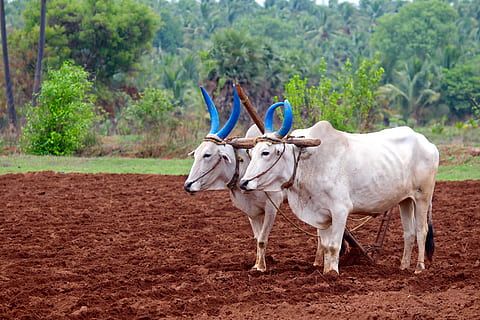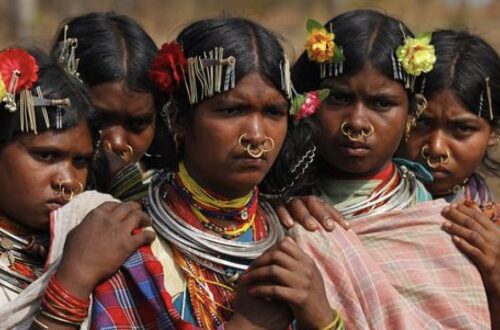
Exploring the Vibrancy of Festivals for Farming in Indian Villages
In the heart of rural India, where agriculture is not just a livelihood but a way of life, festivals celebrating farming traditions hold a special place. These festivals are not only a time for farmers to rejoice and express gratitude for a bountiful harvest but also serve as a platform for communities to come together, share knowledge, and showcase the rich cultural heritage embedded in their agrarian practices. Join us on a journey to explore the essence of these festivals, their significance, and the vibrant tapestry they weave across the Indian countryside.

The Cultural Mosaic of Indian Village Farming Festivals
The agricultural landscape of India is as diverse as its cultural fabric. From the lush paddy fields of Kerala to the arid terrains of Rajasthan, every region has its unique farming practices, and the festivals associated with agriculture reflect this diversity. These celebrations are a fusion of rituals, music, dance, and traditional arts, creating a cultural mosaic that highlights the unity in diversity within rural India.
Gratitude in Abundance – A Harvest of Celebrations
One of the primary themes running through these festivals is the expression of gratitude for a successful harvest. These celebrations often coincide with the culmination of the farming season, marking a time of plenty and abundance. The rituals and ceremonies performed during these festivals are rooted in age-old traditions, thanking the gods for their blessings and seeking prosperity for the upcoming agricultural cycle.

Knowledge Exchange and Agricultural Innovation
Beyond the festivities, these farming festivals serve as knowledge-sharing platforms. Farmers from different villages gather to exchange ideas, share innovations, and discuss best agriculture practices. It’s a time when ancient wisdom meets modern techniques, creating a synergy that propels Indian agriculture forward. The exchange of information ranges from crop management strategies to sustainable farming practices, contributing to the collective growth of the agrarian community.
Experience the charm of rural life in India with us
Bazaars and Traditional Crafts – A Marketplace of Tradition
A significant aspect of these festivals is the vibrant marketplaces that emerge, showcasing the rural economy’s dynamism. Local artisans and craftsmen display their wares, from handwoven textiles to intricately crafted agricultural tools. These markets not only contribute to the local economy but also provide a platform for traditional craftsmanship to thrive, preserving age-old skills that are passed down through generations.

Music, Dance, and Folklore – Celebrating the Rhythms of Rural Life
No Indian festival is complete without music and dance, and farming festivals are no exception. The rhythmic beats of traditional drums, the twirl of folk dancers, and the melodious tunes of age-old instruments fill the air, creating an atmosphere of joy and merriment. These cultural performances often narrate stories of rural life, celebrating the symbiotic relationship between farmers and the land.
Challenges Faced by Indian Farmers – A Call for Support
While these festivals bring immense joy, they also shed light on the challenges faced by Indian farmers. From unpredictable weather patterns to issues of water scarcity and land degradation, farmers grapple with various hardships. In the spirit of these festivals, it becomes crucial to address these challenges and work towards sustainable solutions that ensure the well-being of the agrarian community.
Future Outlook – Nurturing Sustainable Agriculture
As we delve into the festivities of farming in Indian villages, it’s essential to look toward the future. Sustainable agriculture practices, technological advancements, and community-driven initiatives play a pivotal role in shaping the future of Indian farming. By embracing innovation while preserving traditional wisdom, the agrarian landscape can thrive, ensuring a prosperous future for generations to come.

Conclusion:
In the tapestry of Indian village life, the festivals celebrating farming traditions stand out as vibrant threads, weaving a story of resilience, gratitude, and cultural richness. As we immerse ourselves in the festivities, let’s not just witness but actively participate in the narrative of rural India. By understanding the significance of these celebrations, supporting the agricultural community, and fostering sustainable practices, we can contribute to the holistic growth of the Indian countryside, ensuring that the festivals for farming continue to bloom with joy and prosperity.




